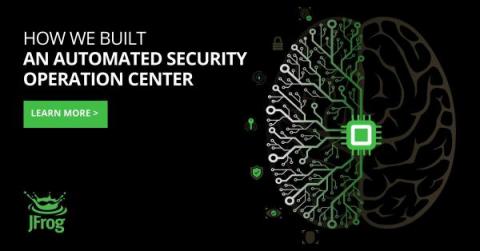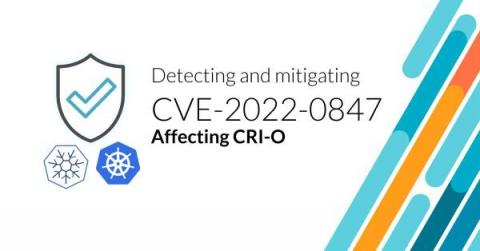Security | Threat Detection | Cyberattacks | DevSecOps | Compliance
Latest News
The Attack of the Chameleon Phishing Page
Recently, we encountered an interesting phishing webpage that caught our interest because it acts like a chameleon by changing and blending its color based on its environment. In addition, the site adapts its background page and logo depending on user input to trick its victims into giving away their email credentials. We see an email with the “initial” URLs in the example below: Figure 1. The raw phishing email showing the URLs, purporting to be a fax message that needs to be accessed.
CrowdStrike and Cloudflare Expand Zero Trust from Devices and Identities to Applications
Threat actors continue to exploit users, devices and applications, especially as more of them exist outside of the traditional corporate perimeter. With employees consistently working remotely, adversaries are taking advantage of distributed workforces and the poor visibility and control that legacy security tools provide.
Banish the data bias: make your data quality and safe
Data bias: the insidious threat lurking in your data unless you’ve taken active steps to mitigate it. It causes the potential to harm, skew or invalidate your data completely – or sometimes all three at once.
Part II: A Journey Into the World of An Automated Security Operation Center (SOC)
Security operation teams continuously aim to focus on two main things: 1. Real cyber security threats (also known as “True Positive Alerts”), and 2. Reducing response time, especially when you have so many different sources to monitor. However, in reality, we deal with hundreds of security alerts on a daily basis, many of which are false positives that waste our valuable time. This is where incident response/security automation becomes a requirement rather than nice to have.
Opensource from hell: malicious JavaScript distributed via opensource libraries, again
It’s open source, anyone can audit it, but is it safe? In this blog our CSO explores why distribution of malicious scripts via libraries is causing a stir amongst the open-source community and how you can defend against it.
Anonymous Targets German Branch of Rosneft, Steals 20TB of Data
Read also: Israel hit with a large-scale DDoS attack, hundreds of GoDaddy-hosted websites infected with a backdoor, and more.
1Password 8.6 for Windows
When we released 1Password 8 for Windows, it marked the start of the next chapter for 1Password. And though Santa may have come and gone in the weeks since, we’ve still got a bag full of shiny new toys for our Windows customers.
Mitigating CVE-2022-0811: Arbitrary code execution affecting CRI-O
A new vulnerability CVE-2022-0811, alias cr8escape, with CVSS 8.8 (HIGH) has been found in the CRI-O container engine by Crowdstrike. This vulnerability can lead to arbitrary code execution. The container engines affected are: Any containerized infrastructure that relies on these vulnerable container engines is affected as well, including Kubernetes and OpenShift (version 4.6 to 4.10).
How to do password encryption in Java applications the right way!
There are multiple types of encryption and most ecosystems and languages come with many libraries to help you encrypt the data. The question nowadays is, what type of encryption should I pick for the problem. This article will focus on encrypting passwords for Java applications specifically. While we can apply the main principles to any ecosystem, we will explore examples and libraries in Java that are useful for your daily job.











